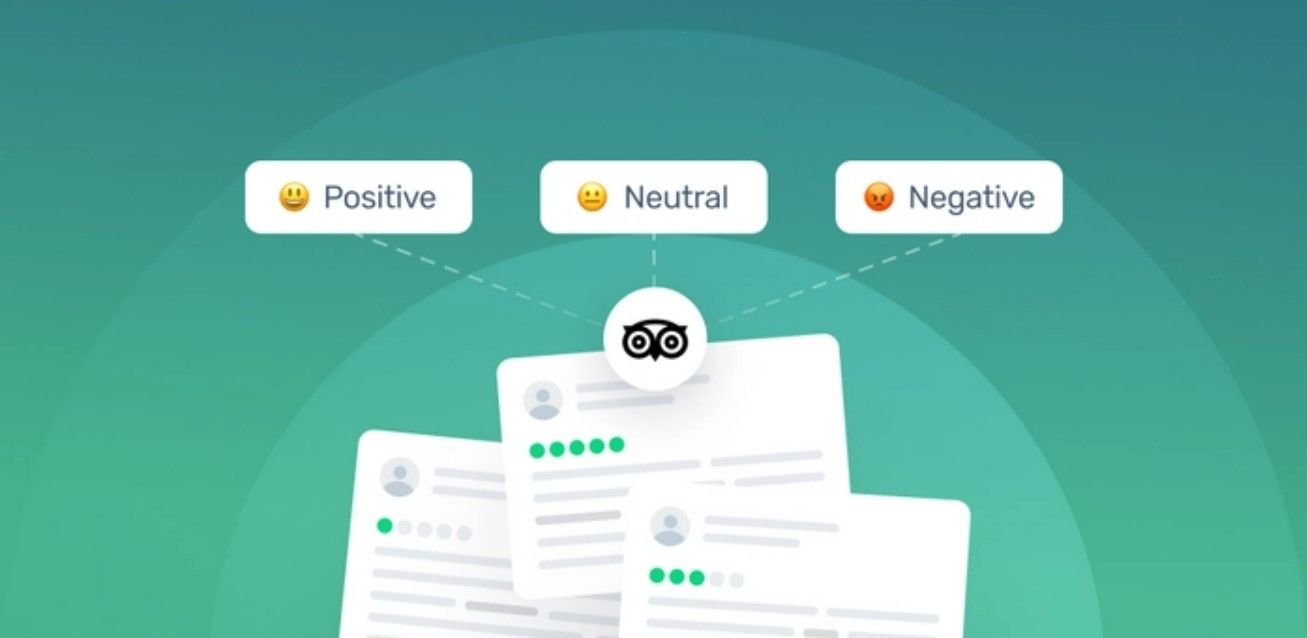What do tourists think about Bern and other cities?
UGC creates new opportunities to measure customer satisfaction on a large scale using NLP techniques. I apply a Sentiment Analysis on over 900,000 reviews from Tripadvisor about attractions in different cities to analyze how emotions affect the post-visit perception of tourists visiting a city.

Topic
User Generated Content (UGC) creates new opportunities to measure customer satisfaction on a large scale using NLP techniques. In my Master’s Thesis, I apply a Sentiment Analysis on over 900,000 real reviews from Tripadvisor about attractions in different cities to analyze how emotions affect the post-visit perception of tourists visiting an urban travel destination. Reviews from the ten most reviewed attractions in five Swiss cities (Bern, Zurich, Basel, Lausanne, and Geneva) and four major tourism hotspots in Europe (Barcelona, Paris, London, and Prague) are included in this study.
Relevance
If tourists experience positive emotions during a trip, it increases both their willingness to spend more money during the stay and their loyalty toward a destination. Loyalty means, on the one hand, the intention to return to a destination and, on the other hand, to recommend the destination to others (word of mouth). Therefore, tourism destinations need to understand which aspects influence the experienced emotions of their visitors to improve their experience during a visit by triggering positive emotions. Accordingly, analyzing UGC can help destinations to gain new knowledge and take measures to remain competitive.
Results
The expressed sentiment (Mean Sentiment Score) varies only slightly between the nine cities and is highly positive throughout. Emotions such as “love” or “sad” are sometimes directly expressed in the reviews. Differences and patterns can be identified among the reviews at both ends of the sentiment spectrum (extremely negative and extremely positive). This makes it possible to identify a destination's problem areas and define measures to mitigate them. But it also shows what visitors like most, which helps to identify the destination's strengths. Furthermore, looking at the origin of the visitors also reveals discrepancies between the expressed sentiments.
Implications for practitioners
- Tourism destinations have to face the digital change. The implementation of new analysis methods can help them to increase their competitiveness.
- Applying NLP techniques such as Sentiment Analyses on UGC is one possibility to analyze large amounts of data with relatively low costs and effort.
- Destinations should not limit themselves to reviews from one platform or in one language to get a holistic picture of their visitors.
- NLP techniques can be applied at the destination level and for individual businesses such as museums.
Methods
Nearly one million English reviews about the top 10 attractions in each city were collected. The lexicon-based VADER method was used to identify and quantify the sentiment of the reviews on a scale from -1 (extremely negative) to +1 (extremely positive). Various in-depth analyses were conducted to identify differences between cities. Different NLP methods such as Co-Occurrence Graphs, were also applied to identify potential problem areas. In addition, where possible, the country of origin was assigned to each review. This makes it possible to distinguish between domestic and incoming visitors and to identify differences between geographical regions.
